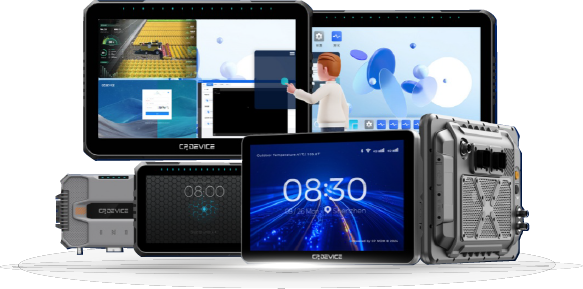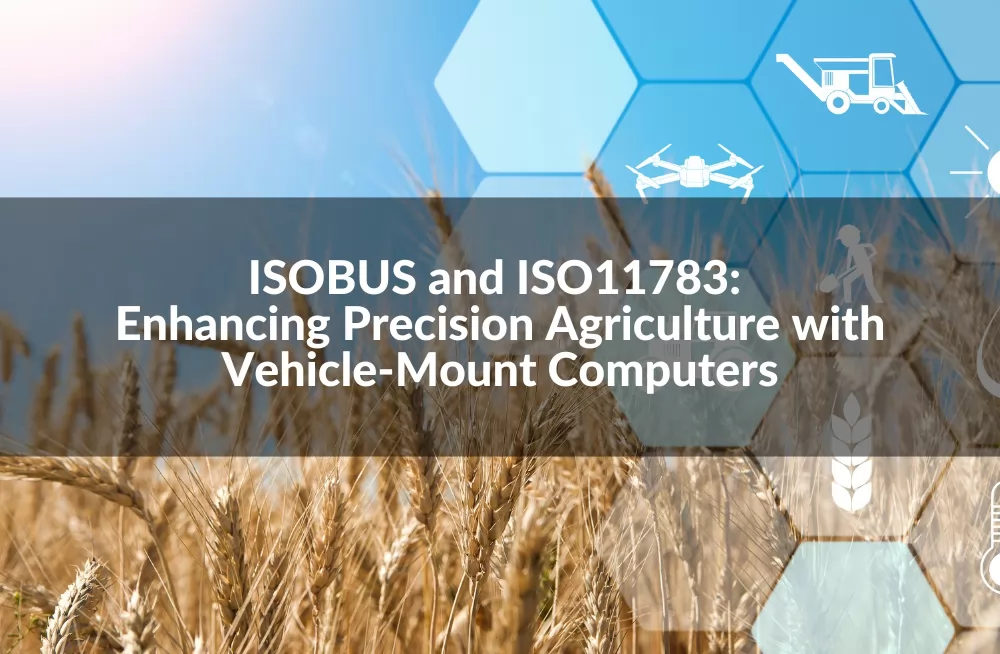
With the advancement of technology, agriculture is no longer just about manual labor and traditional techniques. Precision agriculture is a farming management concept that uses technology to optimize crop yields and reduce waste. ISOBUS is one of the key technologies that enable precision agriculture. The ISOBUS system is built on the ISO11783 standard and is an important part of precision agriculture, enabling seamless communication between various agricultural machinery and equipment, making it easier to integrate various agricultural equipment like tractors, sprayers, and seeders. This article will explain what ISOBUS is, how it works, and how Vehicle Mounted Computers play a key role in the system.
ISOBUS standard (ISO11783) is a communication protocol standard developed by the International Organization for Standardization (ISO) for agricultural machinery like tractors, harvesters, seeders, irrigation equipment, etc. Based on the standard CAN bus technology, ISOBUS unifies the communication protocol between different devices into a standard interface, allowing different devices to communicate with each other. The technology development of ISOBUS began in 1991, and in 2001, the ISO11783 was introduced as the standard for tractors and implements. The significance of the introduction of ISOBUS lies in the unified communication and compatibility, allowing implements and devices to communicate without restrictions from different manufacturers.
ISOBUS is a standardized communication system that uses a single cable, called a "bus," to connect various agricultural machinery and equipment. The bus transfers data between different devices. ISOBUS uses a standardized message format, allowing seamless communication between different machines, even if they are from different manufacturers. This makes it easier to integrate various agricultural equipment such as tractors, sprayers, and seeders. ISOBUS supports both wired and wireless communication protocols, making it flexible to adapt to different agricultural operations.
ISOBUS divides agricultural machinery into two categories: implement controllers (IC) and task controllers (TC). Implement controllers are responsible for controlling machine functions such as seeding or fertilizer rates, while task controllers are responsible for creating and managing field tasks such as planting, harvesting, or spraying. The two controllers communicate with each other via the ISOBUS system for seamless communication and control.
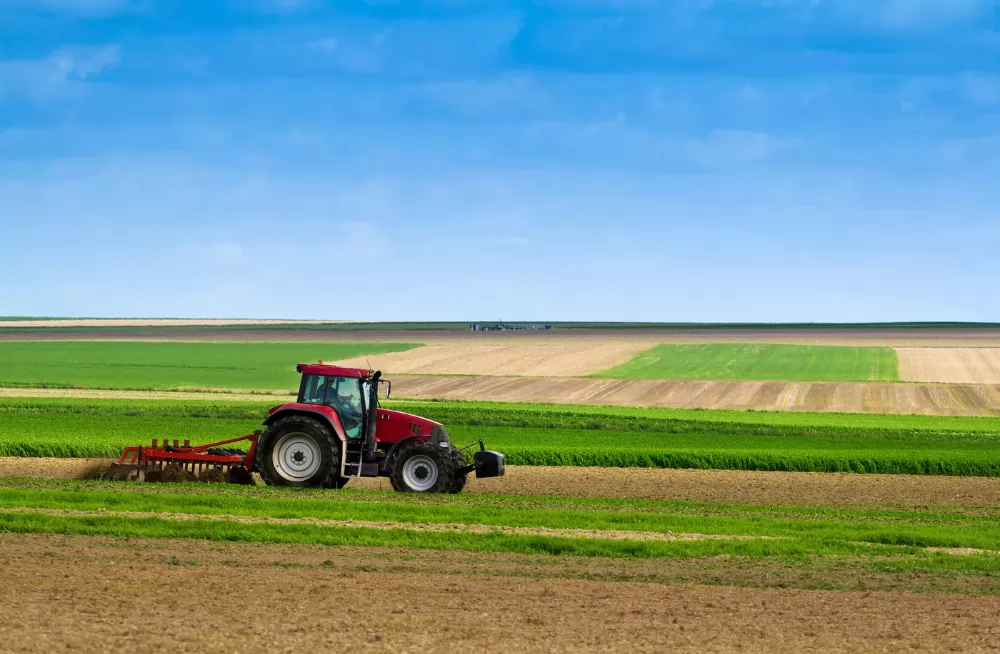
ISO11783 provides multiple advantages for precision agriculture. First, it allows different electronic control units to seamlessly communicate with each other, regardless of their manufacturers. This makes it easier for farmers to adopt precision agriculture practices and integrate various agricultural equipment.
ISO11783 provides standardized interfaces for controlling and monitoring agricultural machinery. This interface is displayed on a vehicle mounted computer, providing a centralized interface for controlling and monitoring agricultural operations.
ISOBUS supports real-time monitoring of agricultural operations, allowing farmers to make informed decisions about their operations. For example, if a farmer detects an issue with a piece of equipment, they can quickly diagnose the problem and take corrective measures before causing any damage to crops.
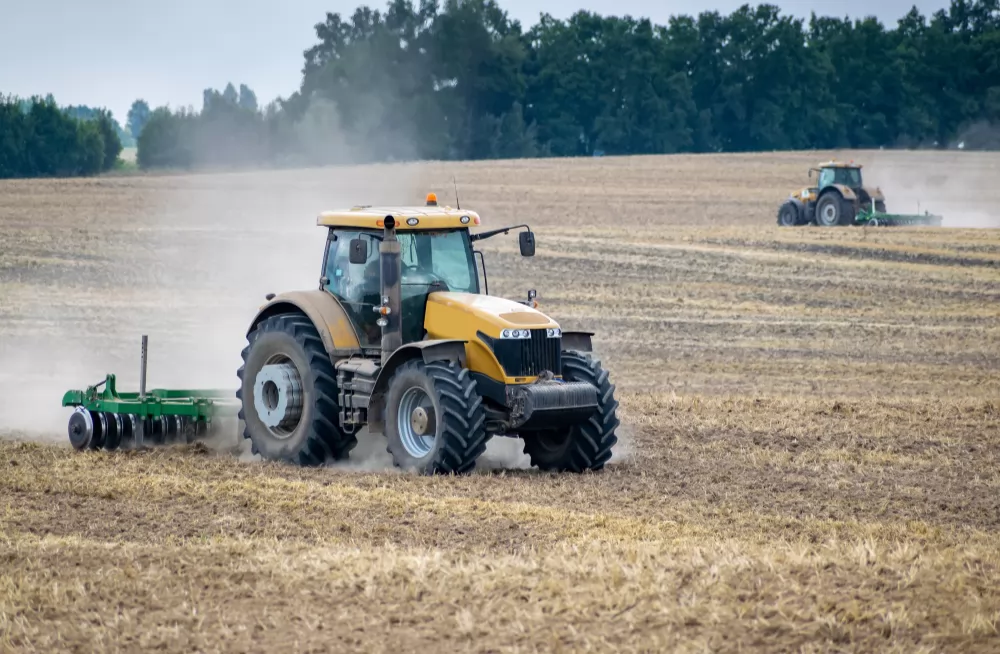
Vehicle Mounted Computers play a crucial role in the ISOBUS system. These computers are designed to withstand harsh agricultural environments and can be installed on agricultural machinery such as tractors or harvesters. Vehicle Mounted Computers allow farmers to control and monitor all their machines from a single terminal. This eliminates the need for multiple monitors and displays, simplifies the user interface, and reduces the chances of errors.
Vehicle Mounted Computers can also be used for other purposes, such as GPS navigation, yield mapping, and data logging. They can be used to collect data about soil conditions, crop yields, and equipment performance, allowing farmers to make data-driven decisions to optimize their operations.

For the agricultural market, ISOBUS operates well in many developed countries, especially in regions with a high degree of mechanized agricultural production. However, in many developing countries such as Brazil and China, ISOBUS and related equipment manufacturers still face significant challenges.
However, given the current situation, the expectation for the next few years is that there will be widespread growth in ISOBUS implementation. Of course, standardization of mechanical communication is the future of the industry by improving the efficiency and accuracy of agricultural and forestry operations.
For a long time, due to insufficient technological accumulation, lack of standards and specifications, and restrictions on funds and markets, the application and development of ISOBUS in China lags behind overseas markets. CPDEVICE is actively working to improve this situation. CPDEVICE is about to complete its research and development of ISOBUS and plans to launch CP ISOBUS VT, a virtual terminal technology based on ISOBUS. In the future, CPDEVICE's Vehicle mounted tablet will be equipped with CP ISOBUS VT, which can easily adapt to all agricultural machinery with VT function from different manufacturers with just one smart tablet. In short, the advantages of CP ISOBUS VT are as follows:
The high cost of purchasing controllers one-to-one for different models of equipment has been optimized to achieve all functions with one CPDEVICE vehicle-mounted smart tablet.
CP ISOBUS VT reduces and eliminates delays and downtime caused by protocol conversion, and can optimize variable and ratio control of farm equipment.
One smart hardware in the cab can control multiple tools and applications.
Real-time information sharing CP ISOBUS VT can achieve real-time information sharing between the vehicle-mounted smart tablet and the vehicle's electrical equipment.
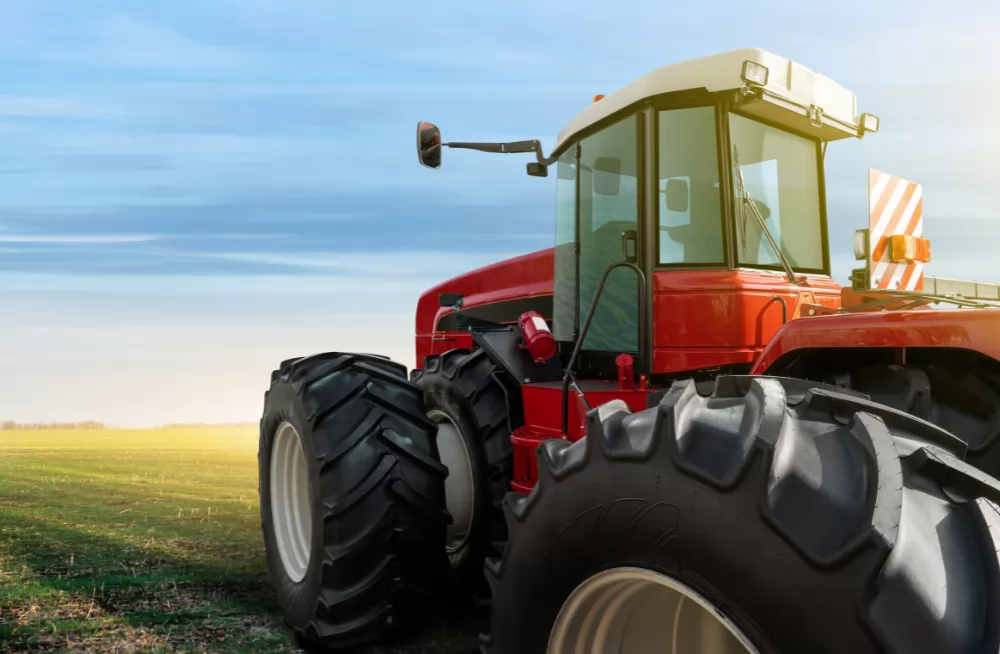
CP ISOBUS VT can help integrate data such as farmland and crops in various stages of agricultural production, improve agricultural informatization and intelligence, and help the development of smart agriculture step onto the "high-speed road".
During the process of rotary tillage, land reclamation, loosening soil, trenching, soil preparation, and ridge forming, CP ISOBUS VT can be used to transmit important information about each step of the operating farmland, which means that real-time optimization of the quality of the operating farmland has become a reality.
In the sowing process, through CP ISOBUS VT, the quantity, location, and soil conditions of different varieties of seeds broadcasted by various sensors can be recorded, laying the first step for variety tracking data collection.
During the growth of crops, CP ISOBUS VT can achieve intelligent/manual adjustment and tracking of the entire process of spraying, fertilizing, and topdressing through CPDEVICE's vehicle-mounted smart interaction tablet. The cycle data of fertilizer from dry/liquid to decomposition can also be displayed through CP ISOBUS VT.
During the harvesting process, using data provided by sensors, CP ISOBUS VT helps to collect data such as yield and moisture content of different varieties of seeds and compares it with data collected during sowing to provide reliable basis for variety performance analysis.
The launch of CP ISOBUS VT can further improve the integration and competitiveness of smart agriculture solutions, and consolidate the foundation for efficient collaboration and data sharing in smart agriculture operations. We look forward to this technology bringing more practical value to farmers and enterprises, helping to break through the cost and development bottlenecks in the current complex application of agriculture, and promoting the development of smart agriculture.
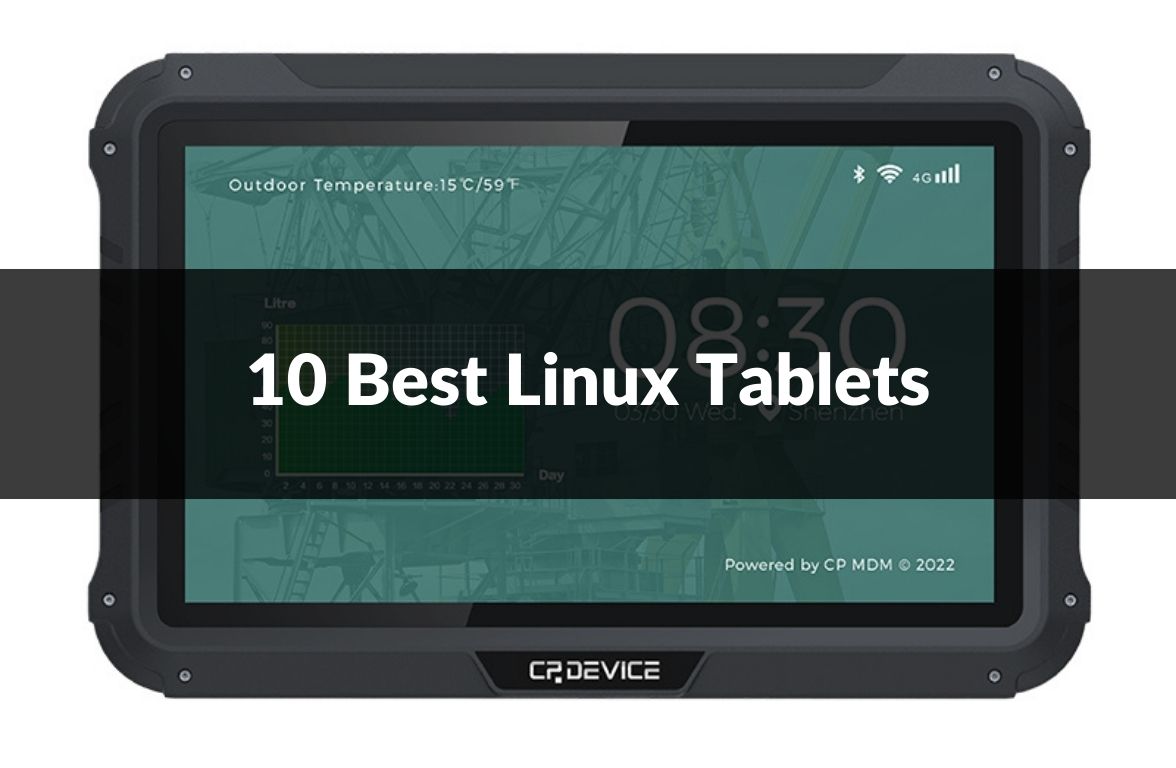
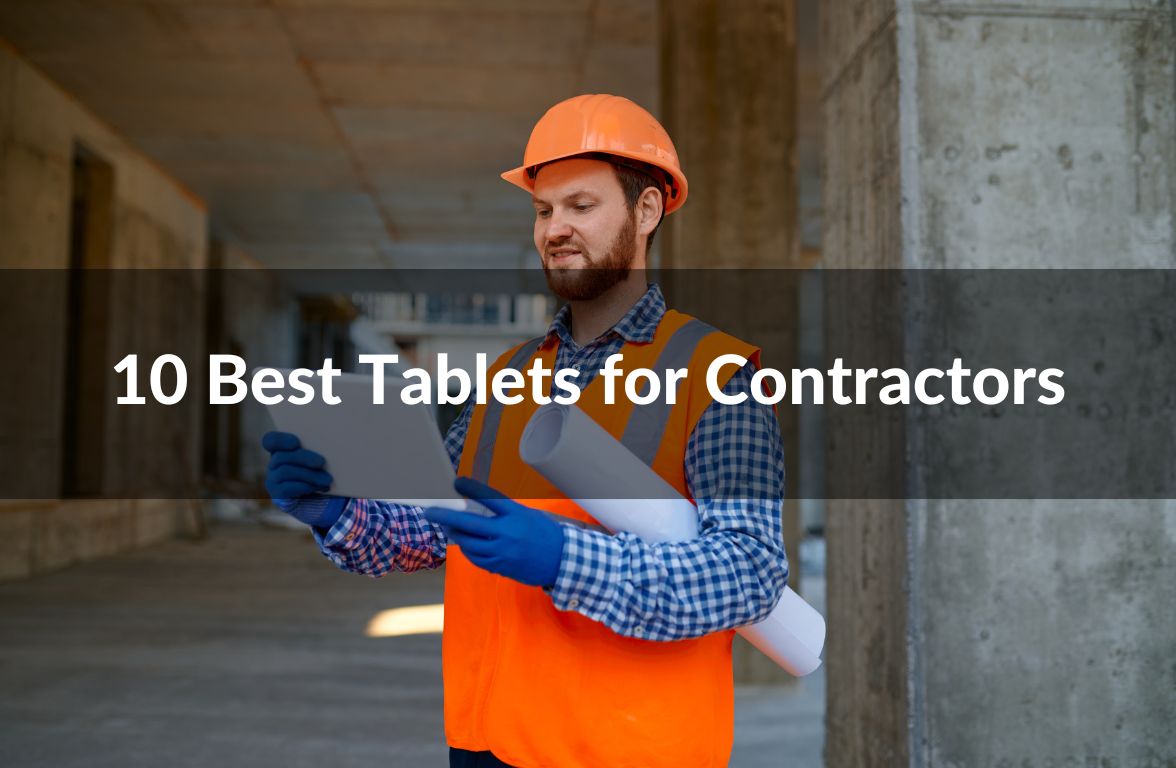
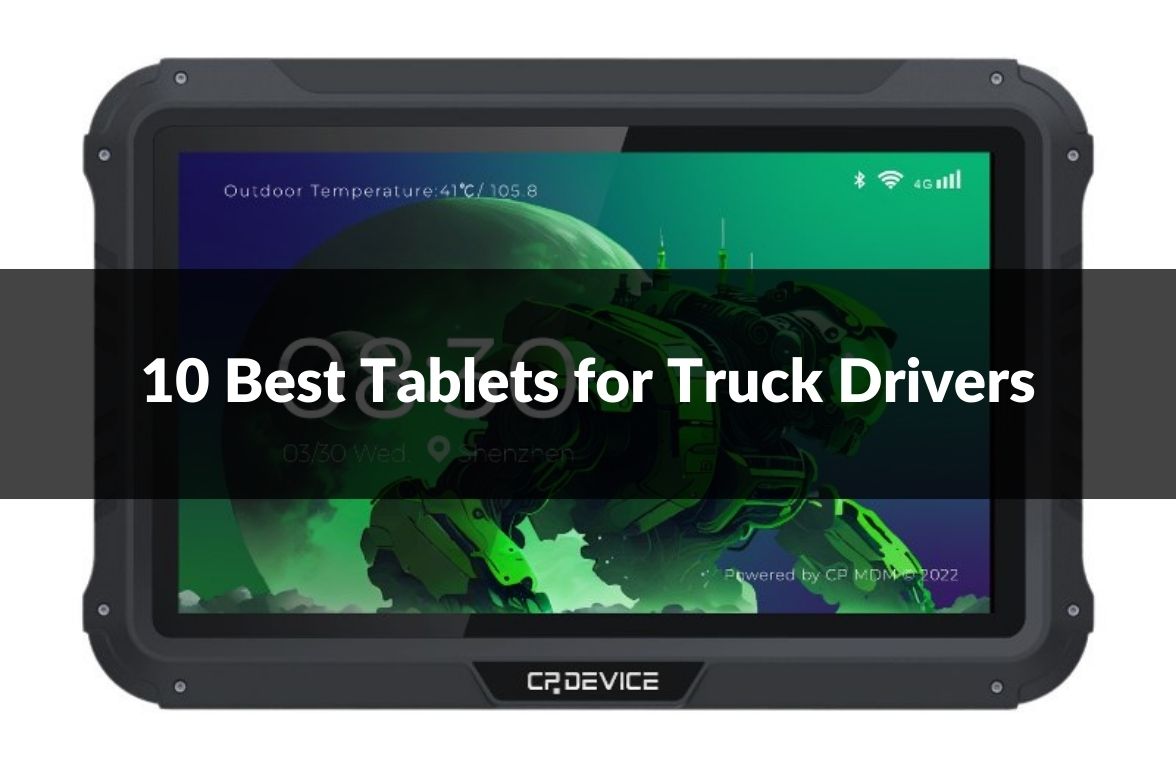
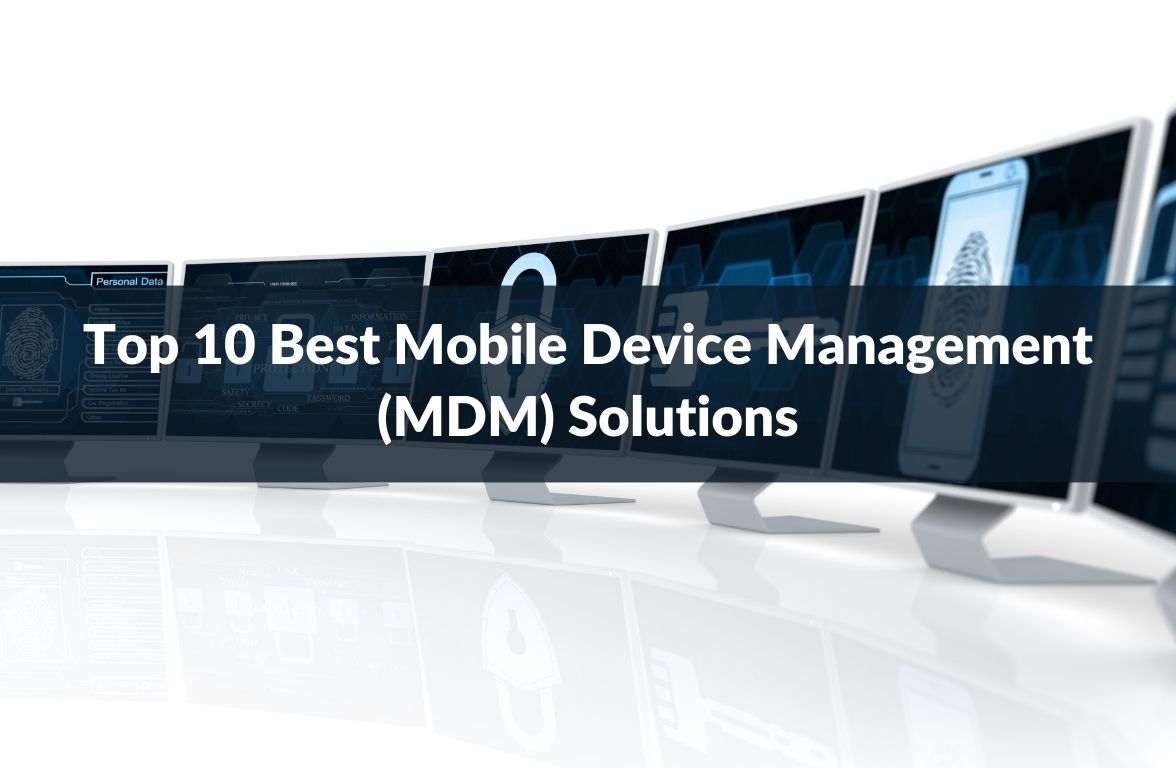
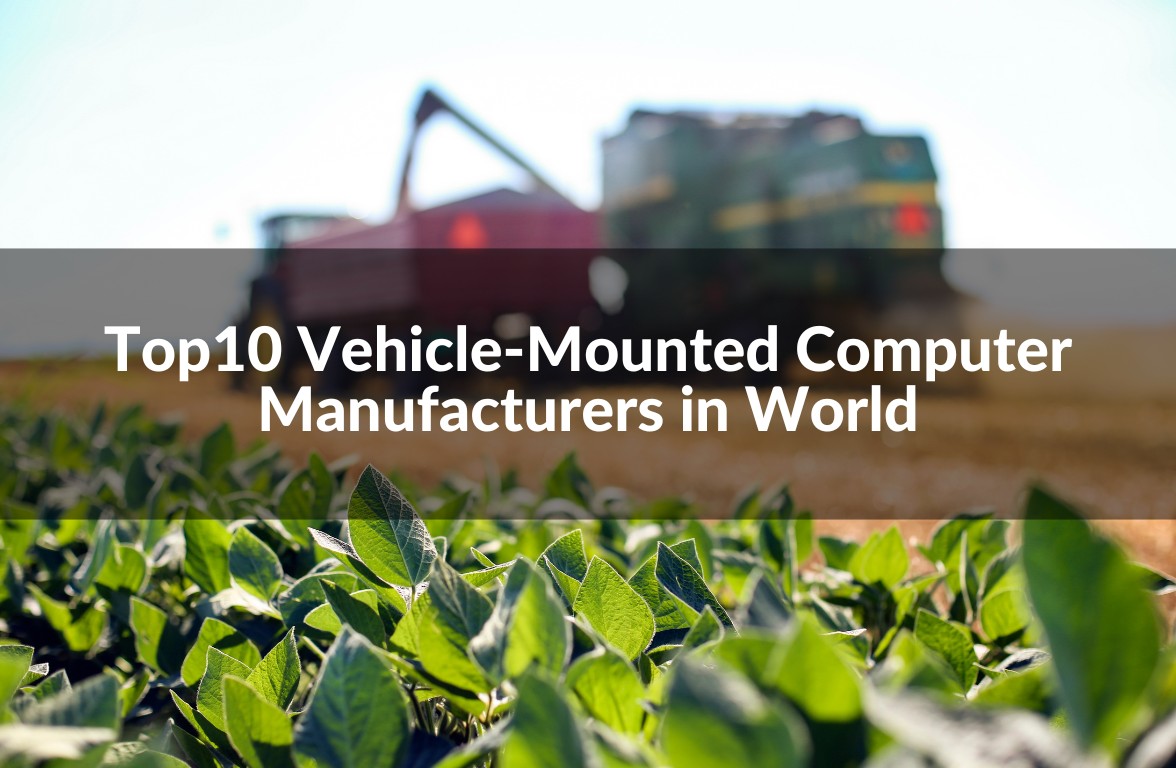
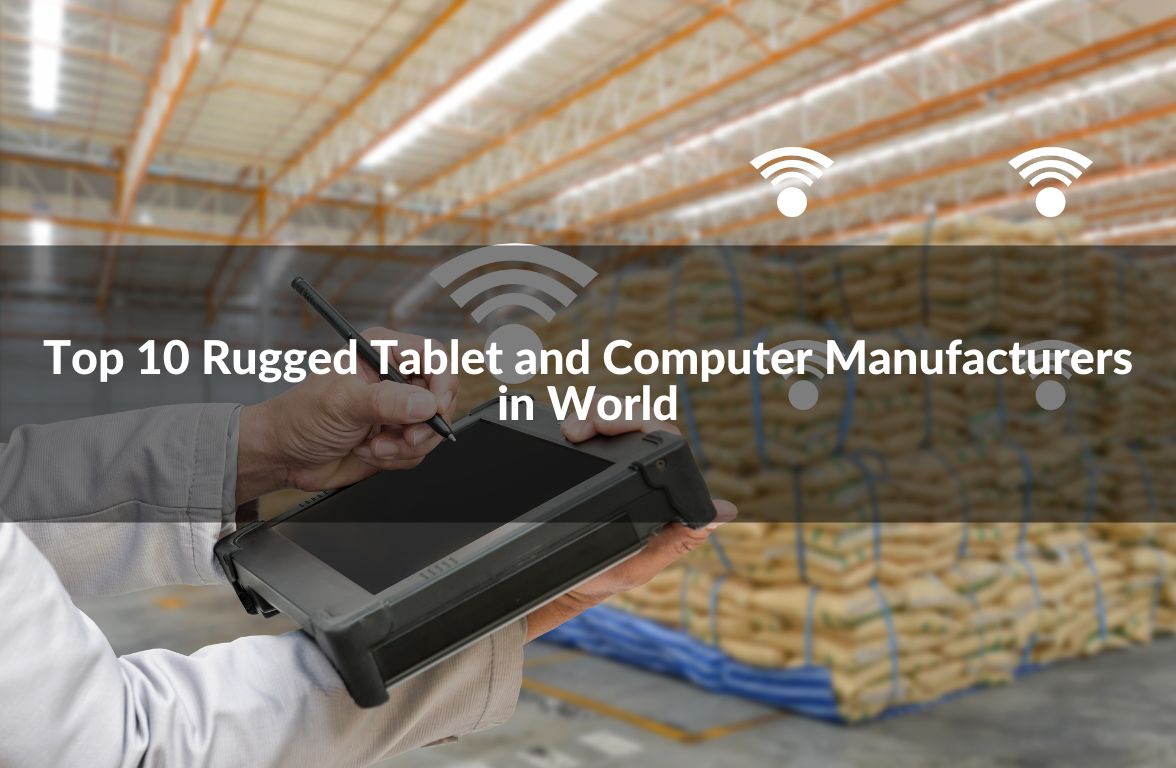
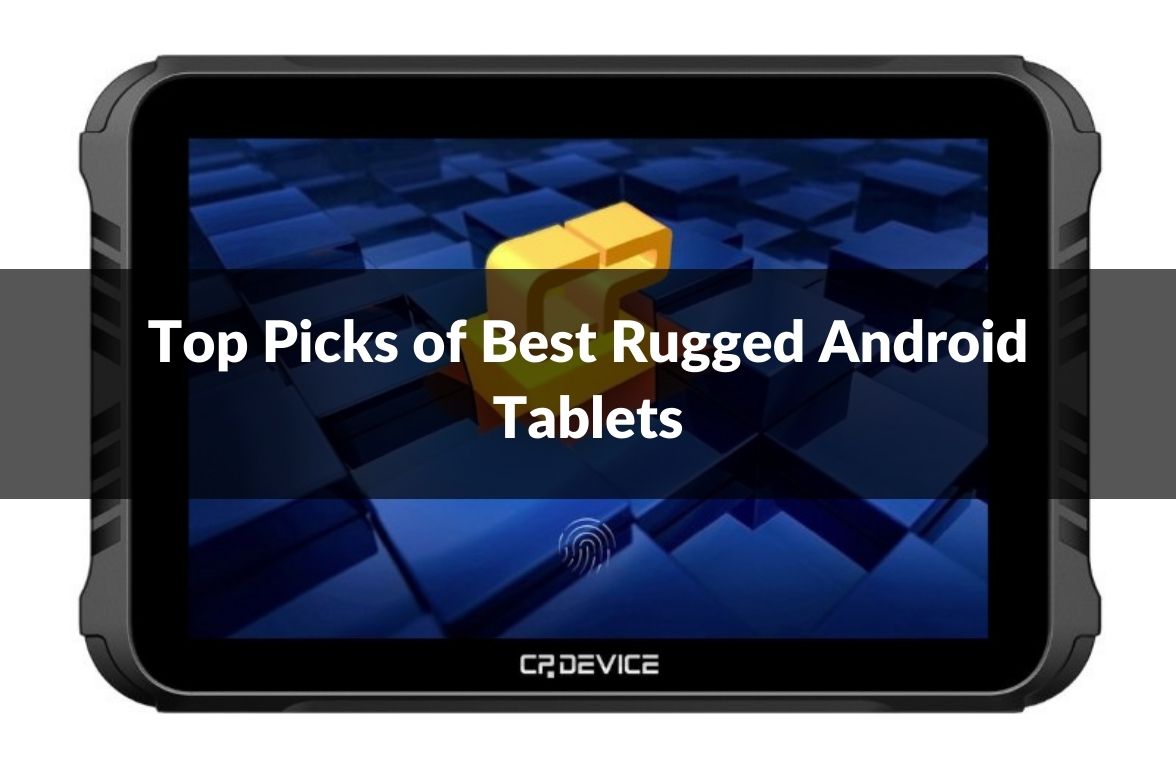
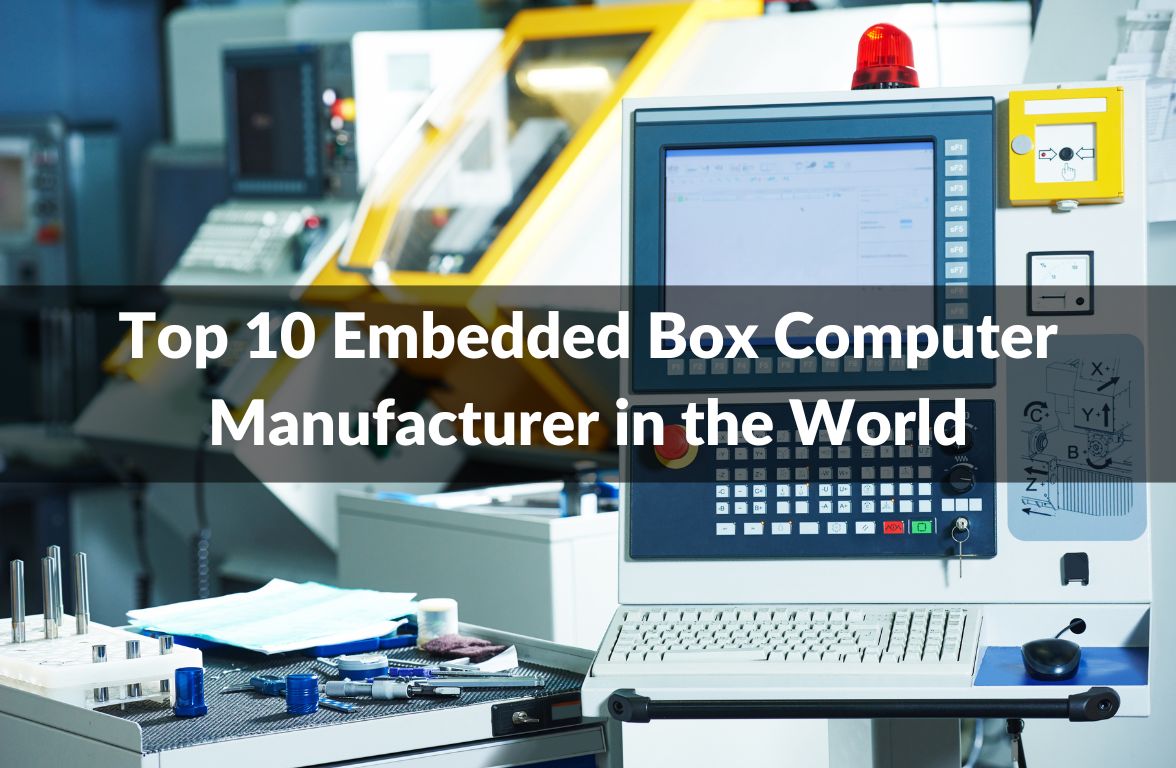

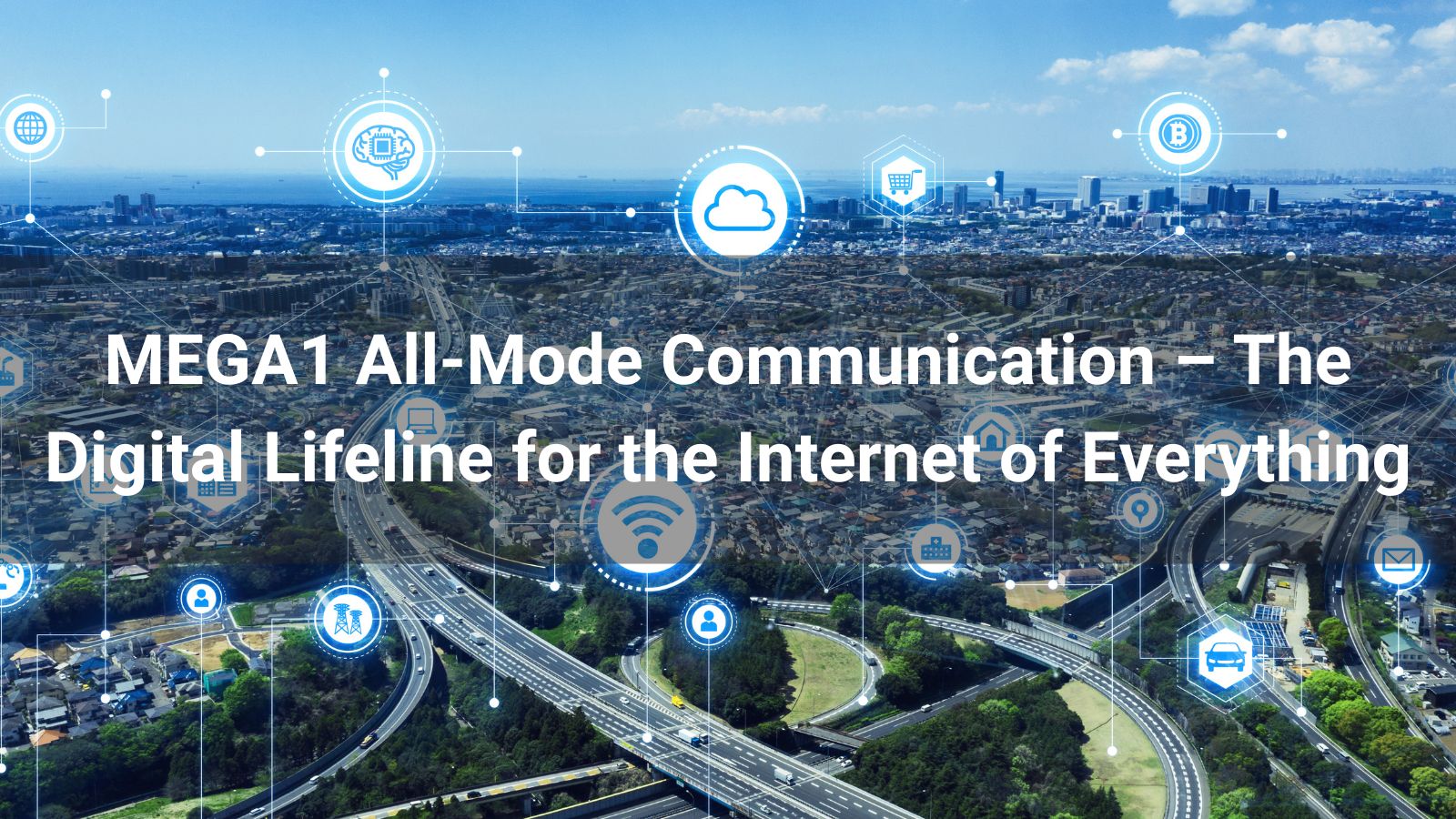
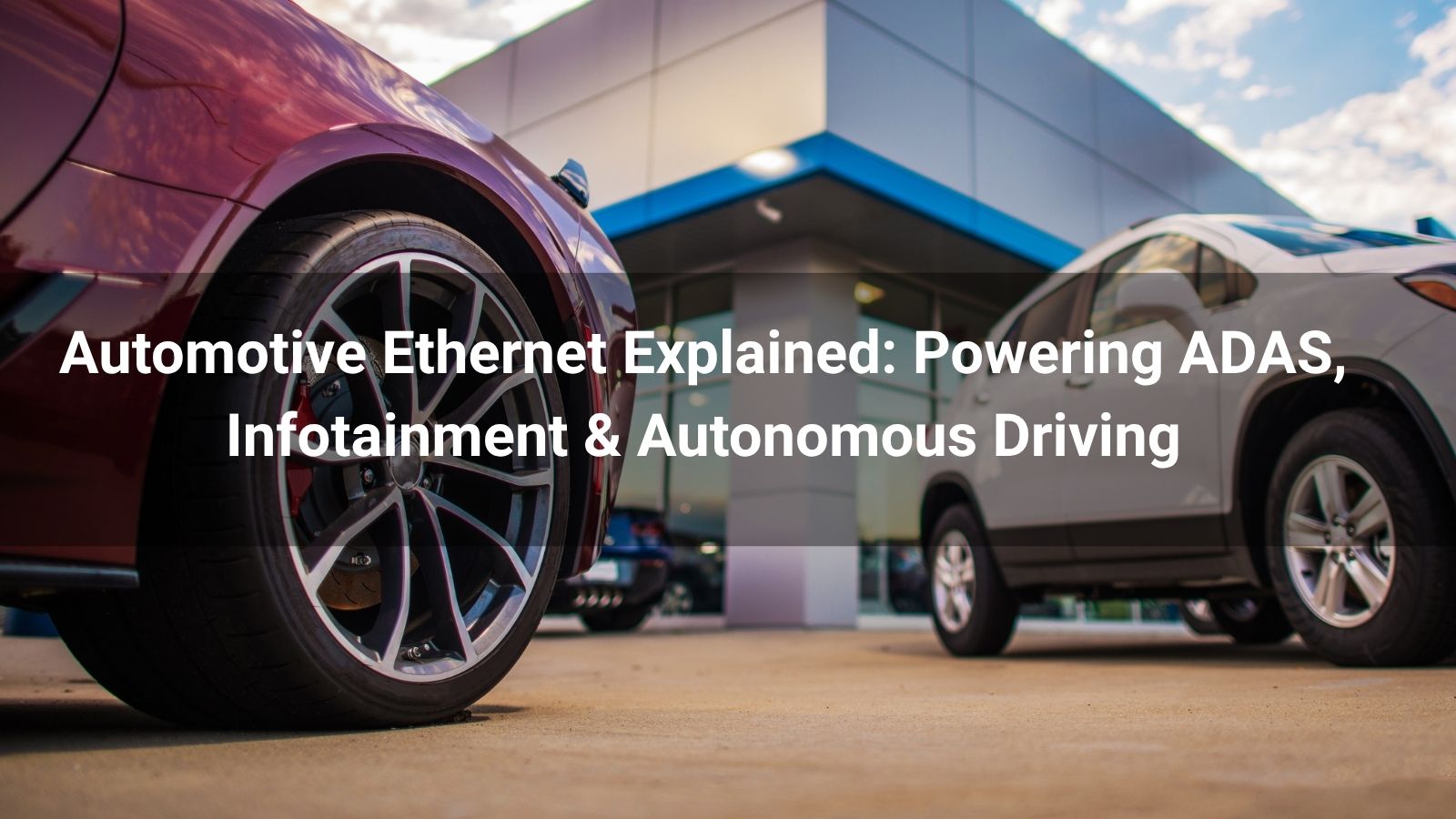
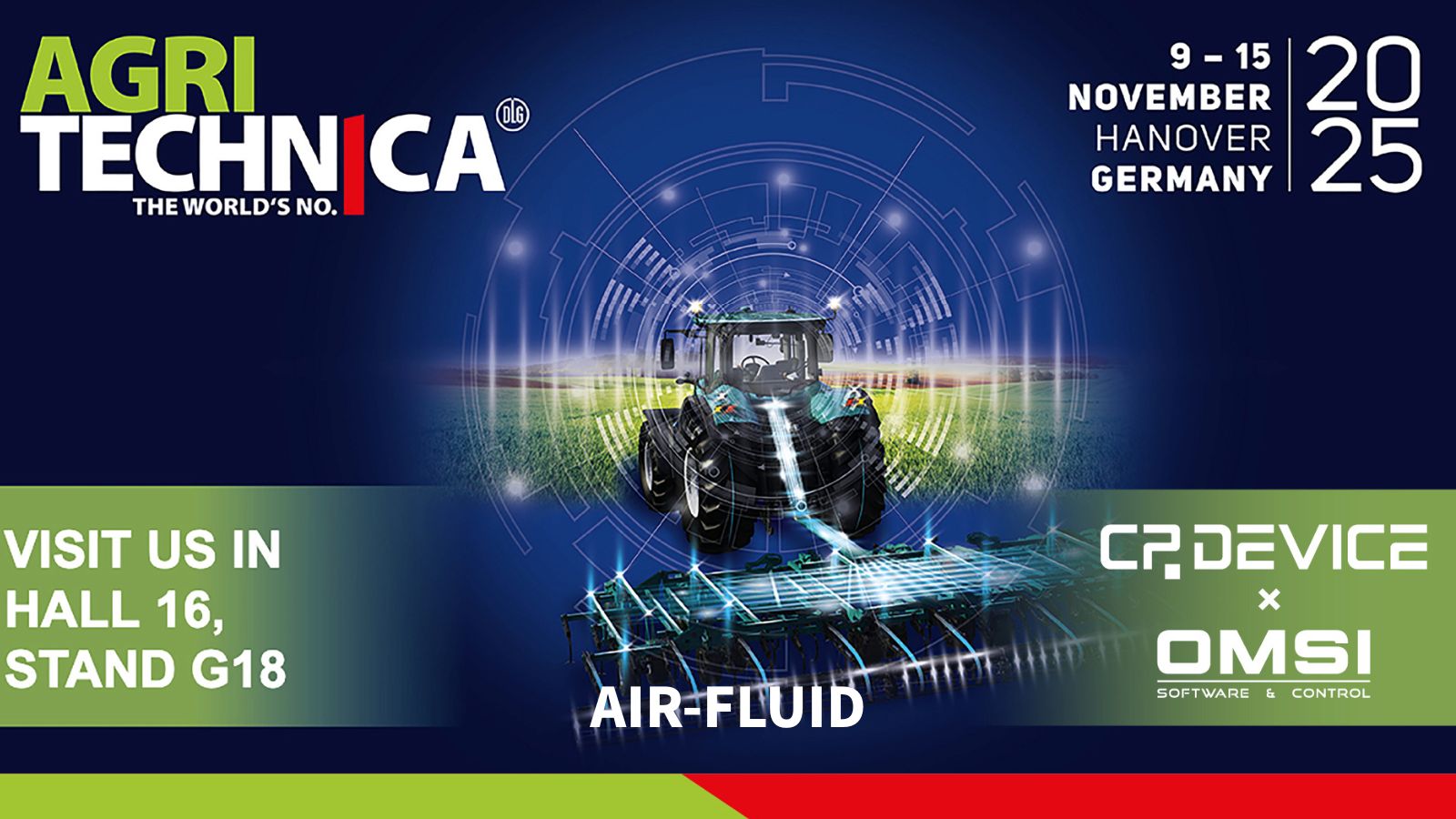
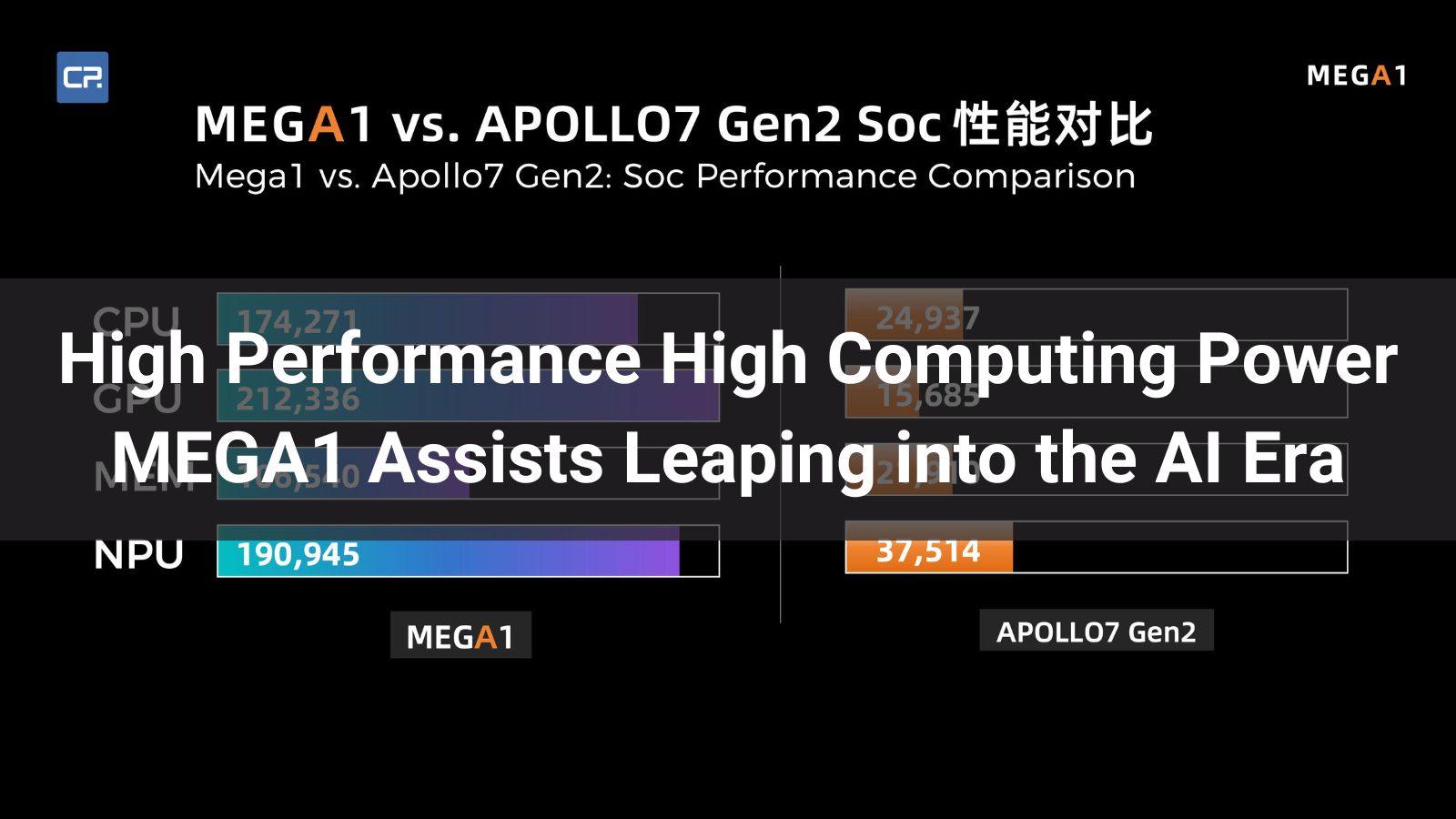


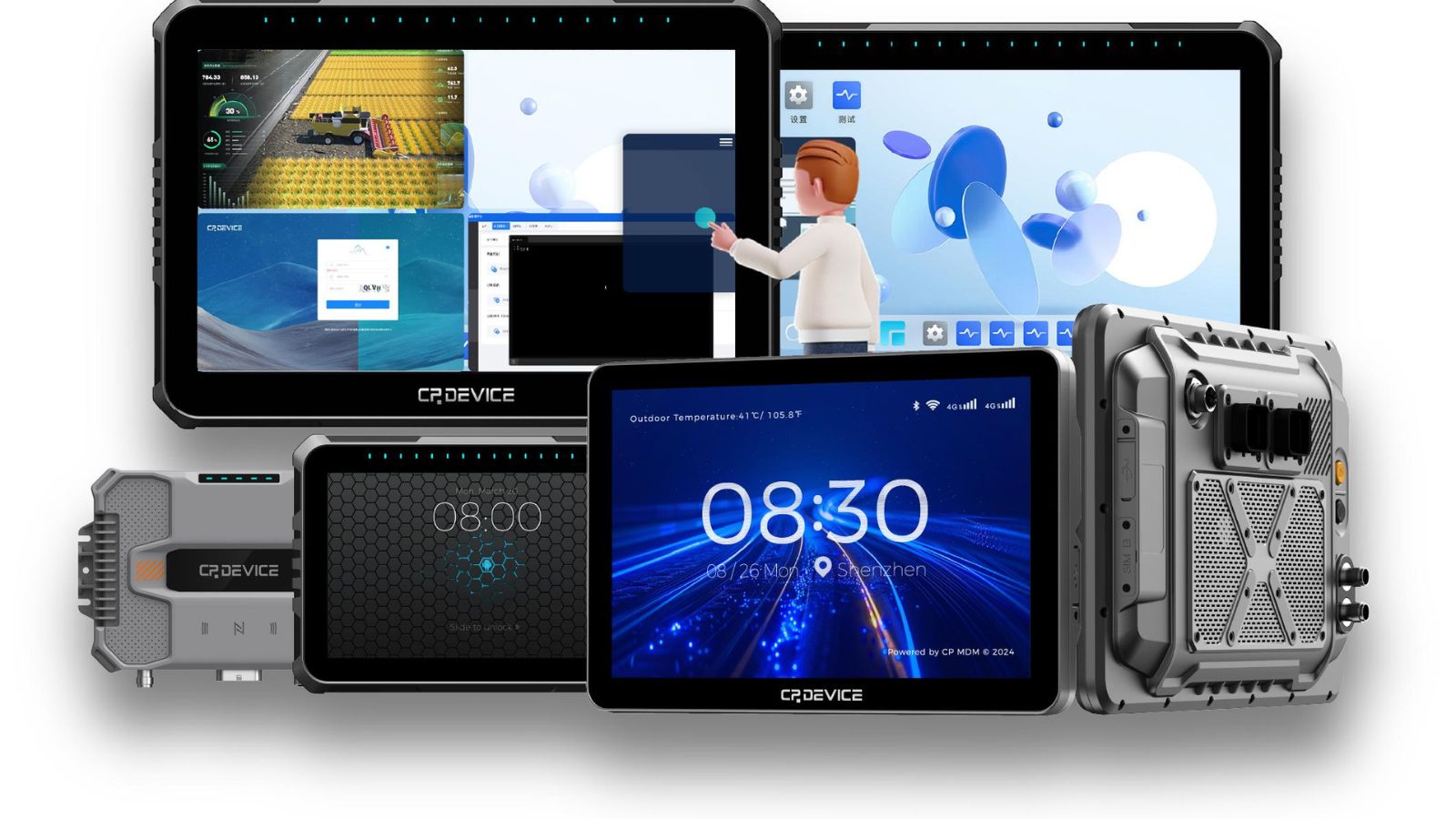
*We respect your confidentiality and all information are protected.

Whether you are looking for a rugged device that can handle extreme cold or heat, a compact device that can fit in tight spaces, or a versatile device that can support multiple applications and accessories, you will find the right solution among these top 10 vehicle mounted computer manufacturers.

In this post, we’ll examine the technology itself and see how it is being deployed far beyond traditional passenger cars into the most demanding professional environments.

These numerous practical communication modes provide comprehensive, multi-dimensional pathways for various operational needs, destined to become a crucial part of ultimately achieving intelligent transformation for traditional operations.
